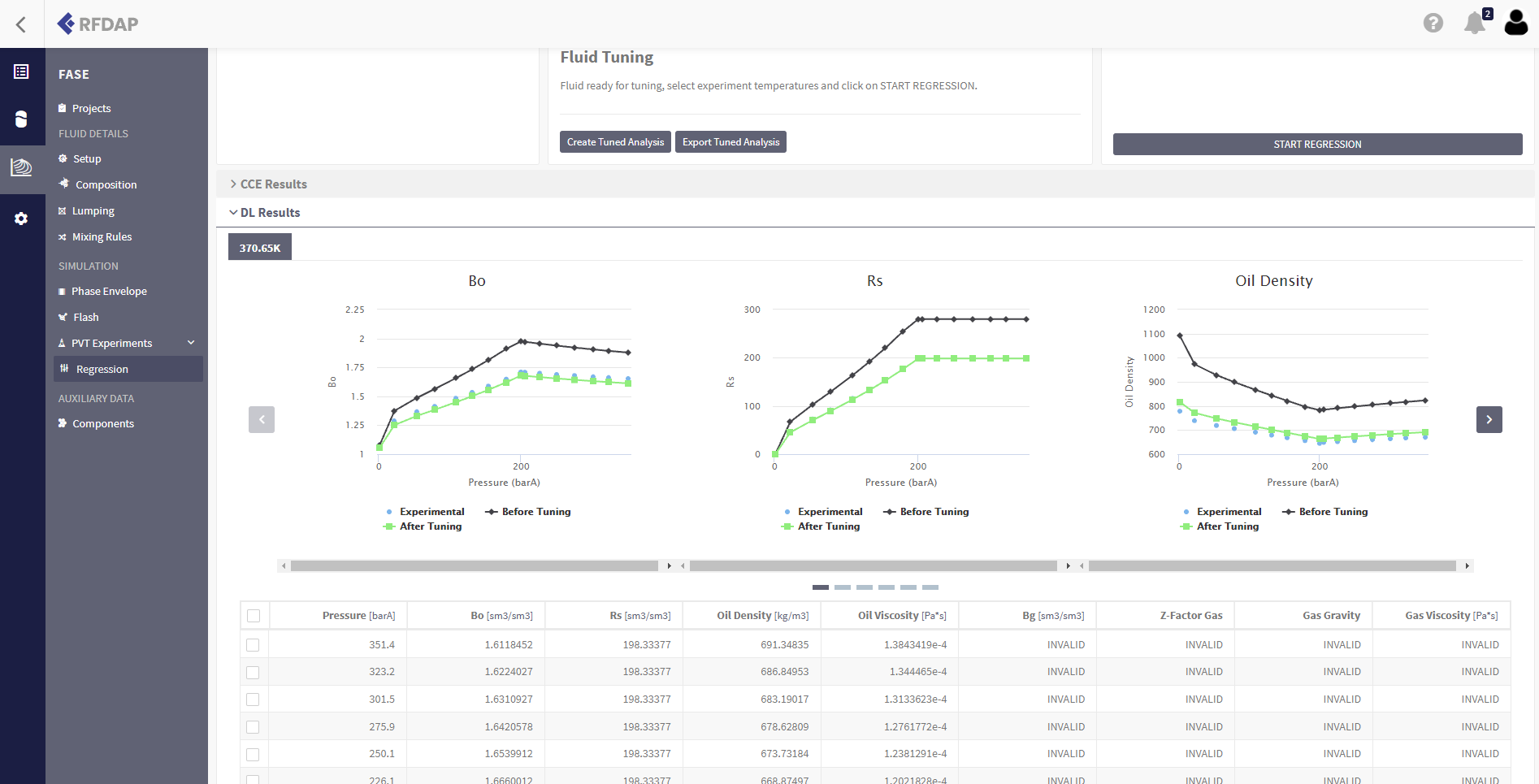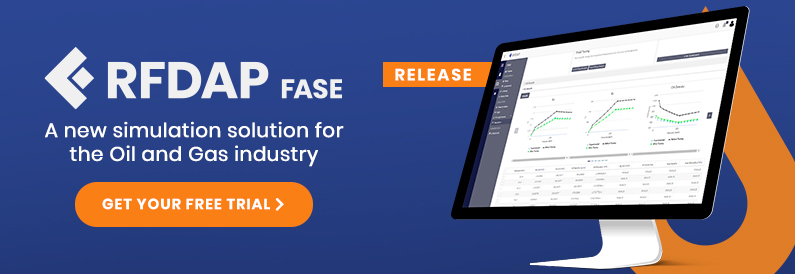Published on: 02/10/2022
The RF-DAP FASE software, developed by ESSS O&G, enables a reliable representation of fluid behavior and properties and it’s now available
Engineers can obtain a reliable representation of PVT fluid behavior with the new Fluid Analysis and Simulation Environment Software (FASE) from ESSS. FASE predicts the phase equilibria and estimates physical, thermodynamic, and transport properties of complex hydrocarbon and aqueous mixtures.
Vinicius Girardi, Business Development Manager at ESSS O&G, explains how the ESSS team created innovative prediction capabilities in RF-DAP FASE. “For example, to calculate phase equilibrium and fluid properties, we developed modern and robust algorithms using automatic differentiation and machine learning approaches,” he said.
Innovation was a key word during the entire development of FASE software. As Girardi said, “Our solution innovates for the O&G industry with a web/cloud based platform that connects the simulator to a central fluid database. Since it is deployed on servers or a cloud, it democratizes access across the company and can benefit from robust servers to deliver an analysis with low computational time. Because FASE is directly linked with a central fluid database, fluid composition and other experimental data can be directly read from it and simulation results stored back, all in a transparent and streamlined process.”
Another focus of the ESSS team was an intuitive and user-friendly interface. The goal was ensuring a user would have an amazing experience using RF-DAP FASE without the need to take extensive training or consult complex user guides.

The ESSS O&G solution performs fluid characterization based on an Equation of State (EoS) modeling. It simulates phase equilibria through flash calculations up to three coexisting phases. Users can also match fluid properties with experimental data through robust regression algorithms.
The models are implemented under the residual Helmholtz free energy framework, and all derivatives are computed using automatic differentiation. Without losing numerical precision, this approach circumvents errors caused by wrong manual derivations of complex analytical expressions or code implementation.
Automatic machine learning algorithms are used to identify the phases after calculating the phase equilibria over a set of specified pressure and temperature conditions. Each phase is grouped, or clustered, as a continuous surface in the properties space. This technique replaces an older rule-based approach that needed to consider different types of mixtures at the same time. This automated approach simplifies the implementation of these rules and can be used on mixtures with previously unseen behavior.
The PVT analysis provides insight into reservoir exploitation and recovery strategies, which can significantly improve a project’s cash flow and economic assessment.
Properties from typical PVT experiments (CCE, DL and Separator Tests) can also be calculated. When comparing these PVT experiment simulations with experimental data, it can be seen that, although the characterization procedure provides good estimates for both composition and properties of the mixture, the heavier components’ contribution still represents the major source of errors.
When PVT data is available, RF-DAP FASE can adjust the model to match experimental values through robust regression algorithms in order to obtain a representative model of a given fluid. The Peneloux volume shift constant, binary interaction parameters, and the coefficients of correlations used to estimate the properties of the heavier fraction are tuned using a multi-stage optimization procedure.
